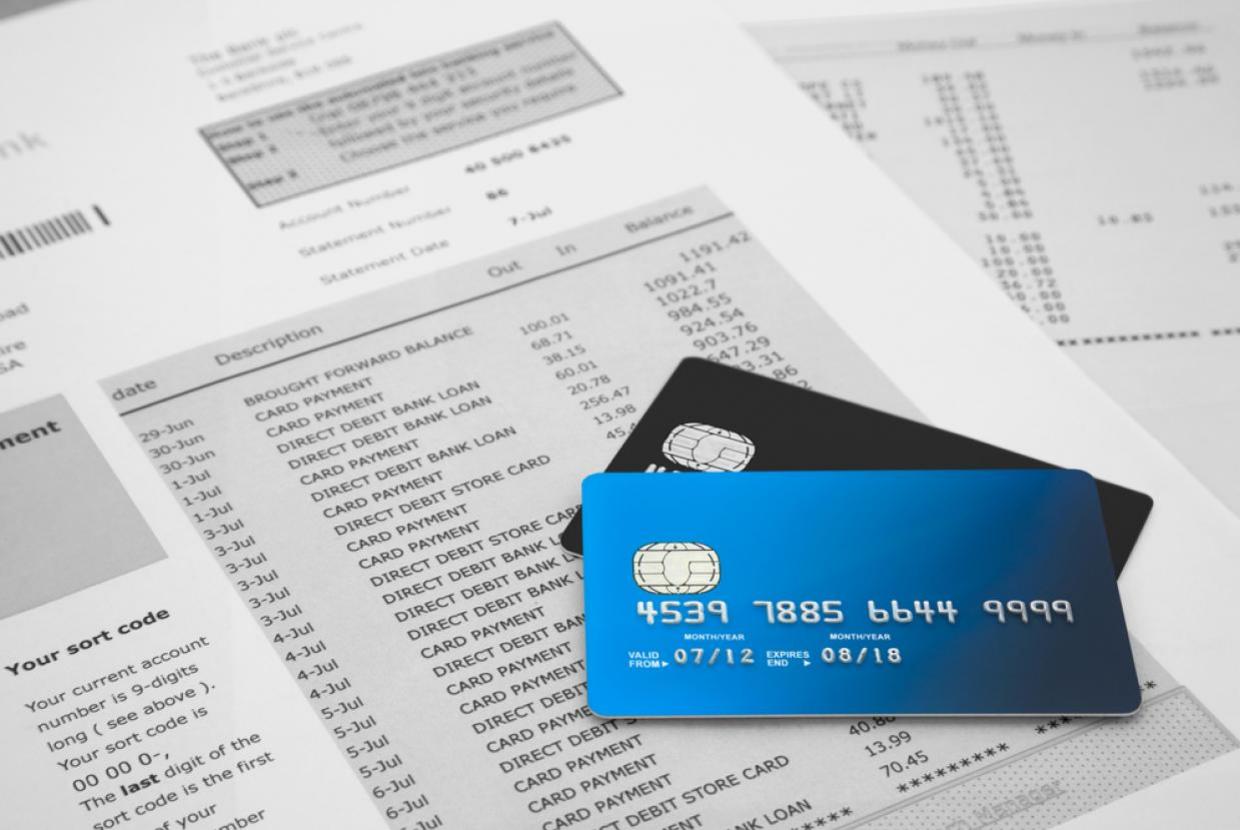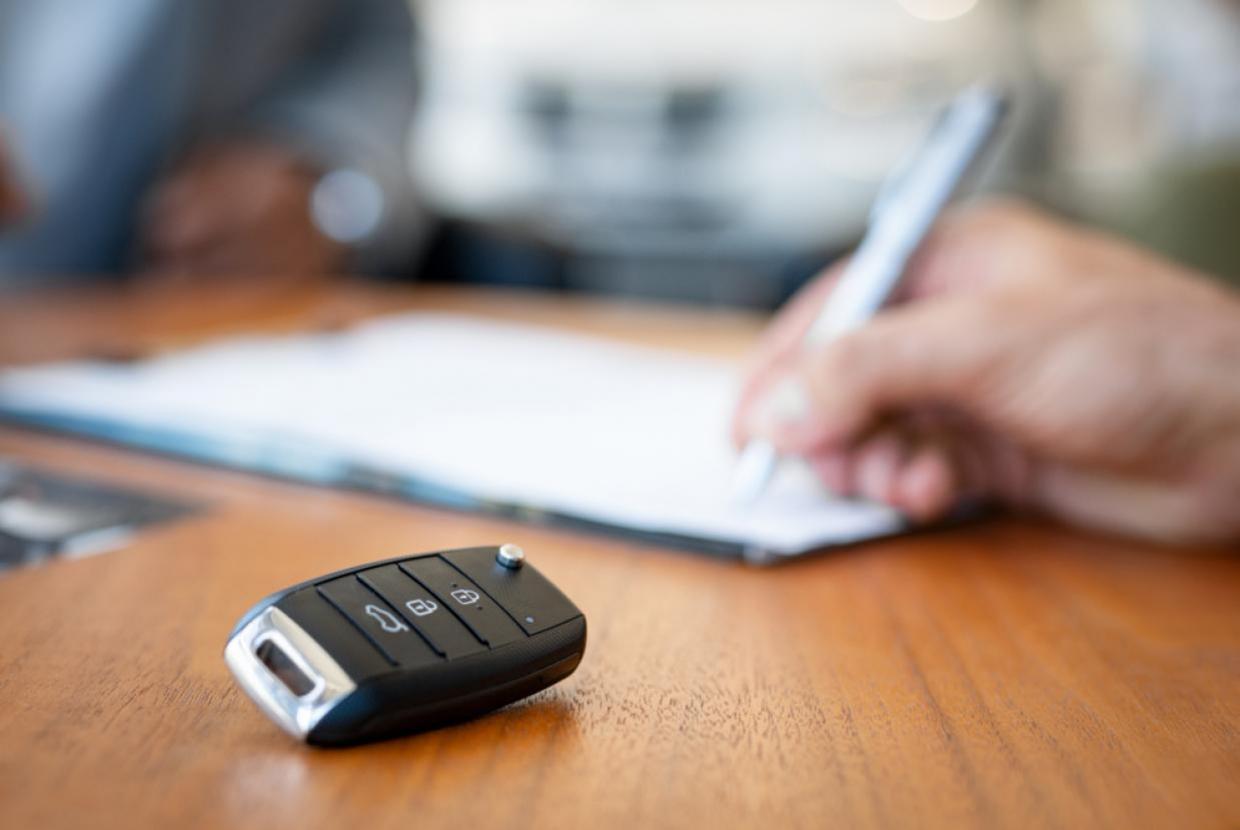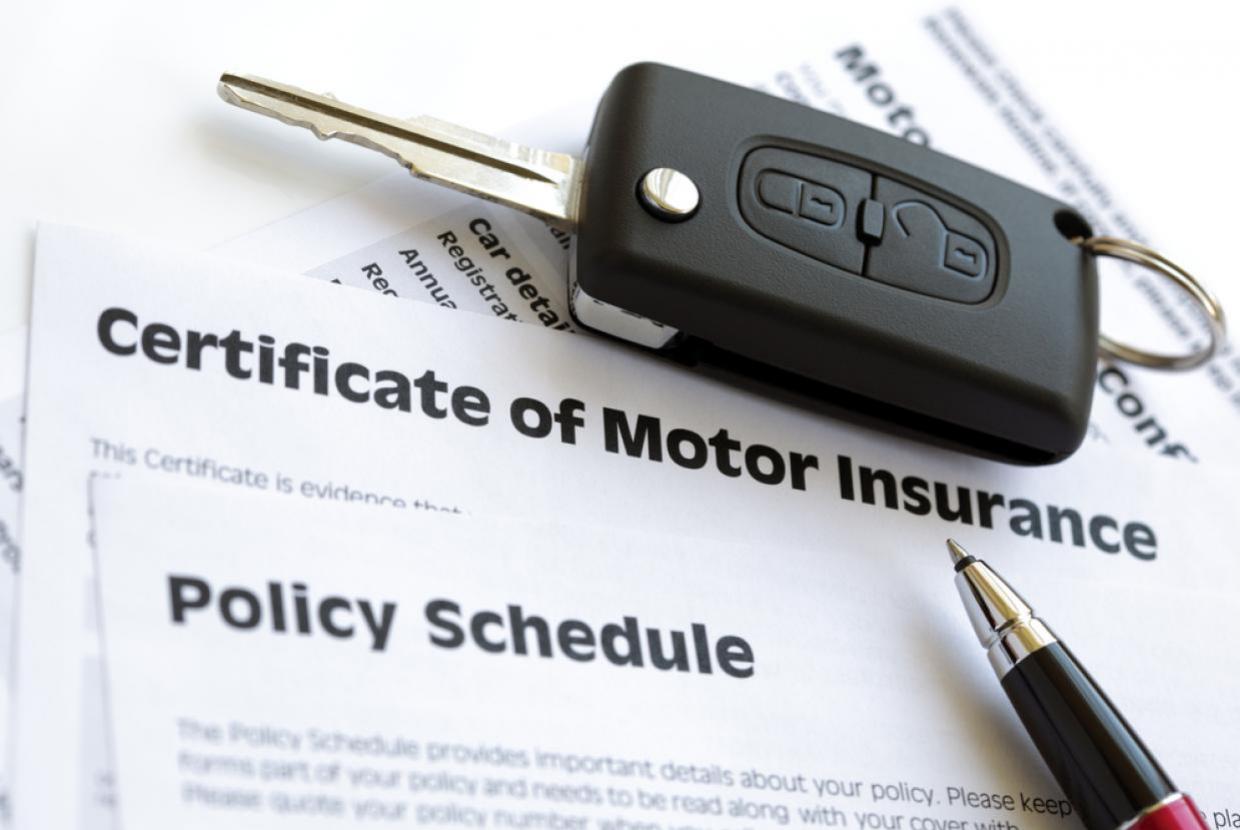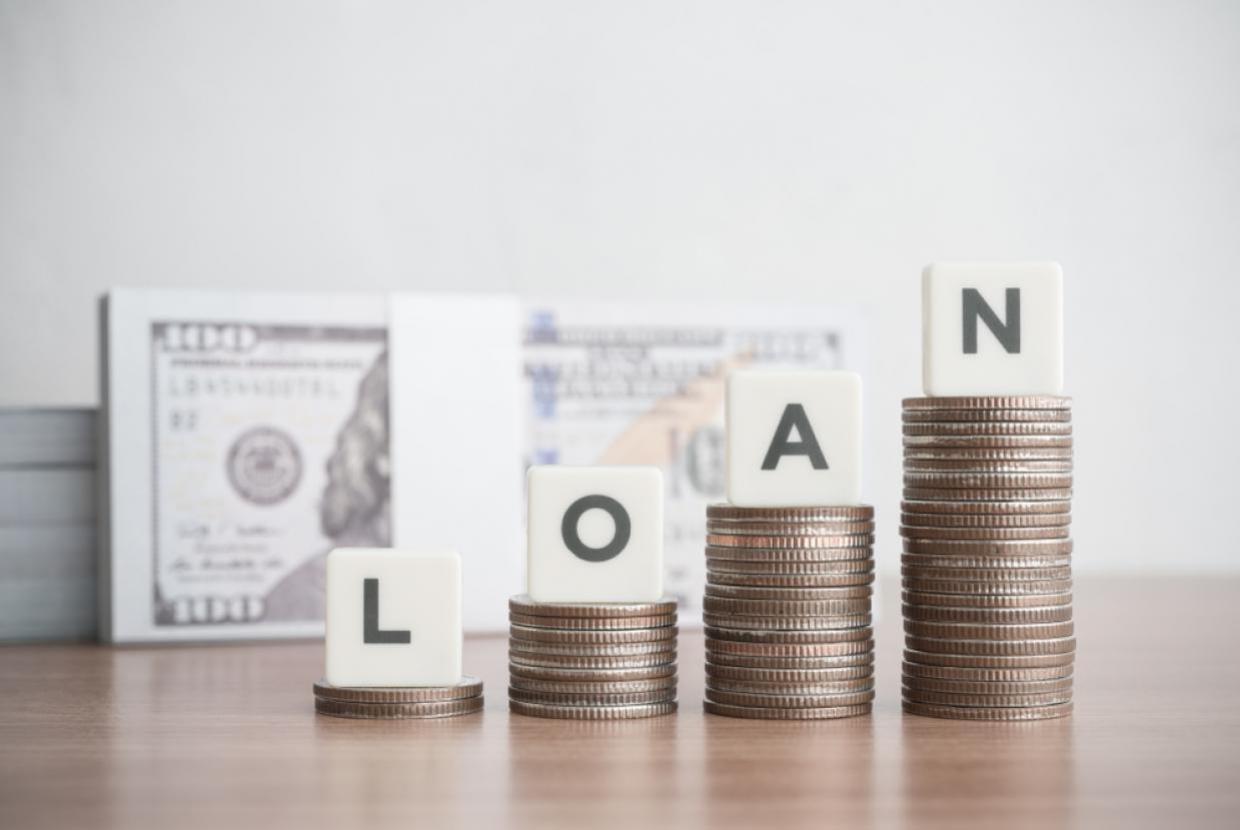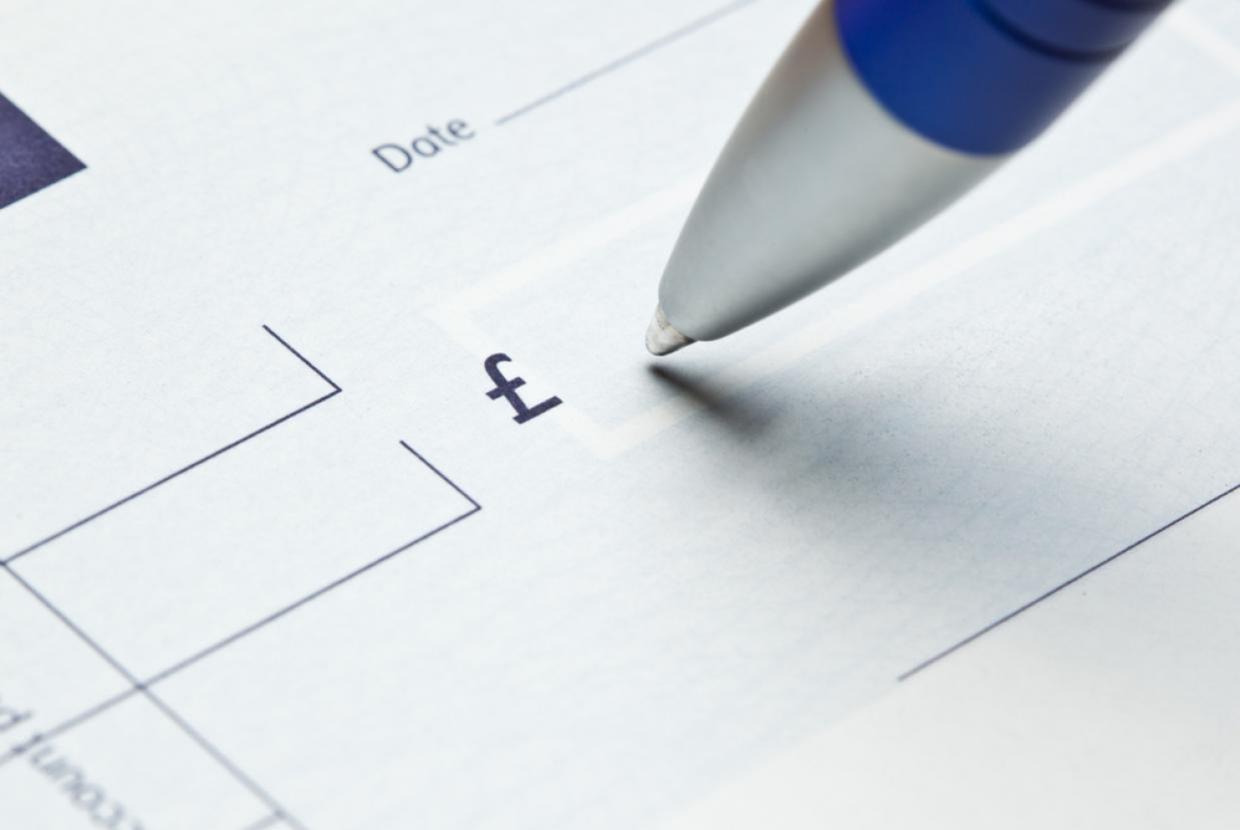What Is GAP Insurance?
Managing Your Money / Consumer Rights & AdviceIf you need to make an expensive claim on your car, van or bike insurance, you could still owe money if your vehicle is leased or bought with a loan. In this guide, we’ll explore how GAP insurance works and what types of cover are available.
How is GAP insurance different to car insurance?
If you make a claim on your car insurance after it has been stolen or written off, standard car insurance typically only covers you for the vehicle’s current market value. This is usually much less than the purchase price.
But what if you loaned or leased a car, and there’s a difference between the vehicle’s market value and the outstanding balance on your loan or lease? That’s what Guaranteed Asset Protection (GAP) insurance is for. You need car insurance to legally drive, however GAP insurance is optional.
How does GAP insurance work?
GAP insurance helps to protect you financially against your car’s declining value if you have to make an insurance claim. It’s designed to cover the ‘gap’ between the vehicle’s market value and the outstanding balance on a loan or lease if the car is stolen or written off. If you don’t have a car loan or lease, there’s no ‘gap’ to cover, making GAP insurance unnecessary.
For example, you buy a new car for £20,000. Your car’s value drops as soon as you drive it off the forecourt. After a year, your car’s market value drops to £15,000. If your car is stolen or written off, your standard car insurance only pays out the current value of £15,000.
But what if you still owe £18,000 on a car loan? This is where GAP insurance is useful. It could cover the £3,000 difference, so you don’t lose money on a car you no longer have.
What does GAP insurance cover?
There are three types of GAP insurance. Each is designed to protect you financially in different scenarios.
Return to Invoice
Return to Invoice (RTI) insurance covers the difference between the standard insurance payout (the car’s current market value) and the original price you paid for it.
Vehicle Replacement
Vehicle Replacement cover goes a step further than RTI. It covers the difference between the market value of your car and its original price and the cost of replacing your vehicle with a new one of the same make, model, and specification – even if the price has risen since your purchase.
For example, you buy a car for £20,000. One year later, when your car is valued at £15,000, it’s stolen or written off.
If a new car now costs £22,000, Vehicle Replacement insurance should cover the £7,000 difference – not just the original £5,000.
Contract Hire
This type of insurance is for leased vehicles with no end-of-term buying option. If you lease a car, you agree to pay a fixed monthly fee for a specified period, typically between 24 and 48 months. If that car is stolen or written off in an accident, your insurance company might not cover the remaining lease payments you owe.
For example, you’re leasing a car for £300 per month. After a year, the car is stolen. Your insurance company values the car at £12,000, but you still owe £14,000 in future lease payments.
Contract Hire GAP insurance should cover the £2,000 difference between the car’s value and what you still owe.
What is excluded from GAP insurance?
GAP insurance does not cover you if you don’t have fully comprehensive car insurance. GAP insurance typically excludes cover for things like:
- depreciation due to age or mileage, such as the loss in value of a car over time due to ageing or high mileage
- damage due to negligence, like not performing regular maintenance or leaving the car unlocked
- wear and tear, including any amount deduced from the purchase price of your car for things like light paintwork scratches or worn seats
- uninsured add-ons, such as alloy wheels or tinted windows that are not typically covered by the standard insurance policy or GAP insurance.
It’s important to check your policy details to understand all the exclusions that may apply.
When is GAP insurance needed?
GAP insurance is not a legal requirement. However, it can help protect you when you owe more on your car loan than the car’s market value. If you have a car loan, your car’s value can decrease quicker than the loan balance due to interest and how loan payments are structured. A new car can lose over 20% of its value in the first year according to the AA. So, GAP insurance is particularly useful for new, expensive cars that lose value quickly.
GAP insurance might also be handy if you’ve got a long-term loan. Longer loans mean slower repayment and more time during which you could owe more than the car’s market value.
So, if you’re buying a new car or have a long-term loan, GAP insurance might help protect you financially.
How much is GAP insurance?
GAP insurance costs vary depending on the provider and factors such as the:
- value of your car
- length of your policy
- type of cover you choose.
We recommend comparing various providers’ policies to help make sure you get the best deal.
Is GAP insurance worth it?
GAP insurance is an optional form of cover. While it might not be necessary for everyone, GAP insurance can provide peace of mind. It’s especially useful for new, expensive cars or cars on long-term leases.
The Financial Conduct Authority (FCA) has found that many people are paying too much for GAP insurance from car dealerships, which can be more expensive due to high commission fees.
The FCA has warned that some insurance companies have not been offering their customers a fair deal on GAP insurance. As a result, some insurers have stopped selling GAP insurance through dealerships.
While GAP insurance can be useful, buying it from a dealership might not be the best option. You could end up paying over the odds due to commission.
Do you have to buy GAP insurance from a car dealer?
Purchasing GAP insurance through dealerships can be more expensive due to commission fees. It’s usually cheaper to buy directly from insurance providers. Remember that the most expensive policy is not always the best. We recommend shopping around to compare providers and help make sure you find the best deal.
How long does GAP insurance last?
GAP insurance lengths vary depending on your policy. You are typically covered until the car loan is paid off or the vehicle is sold. Always check your policy details to make sure you have the right amount of cover.







